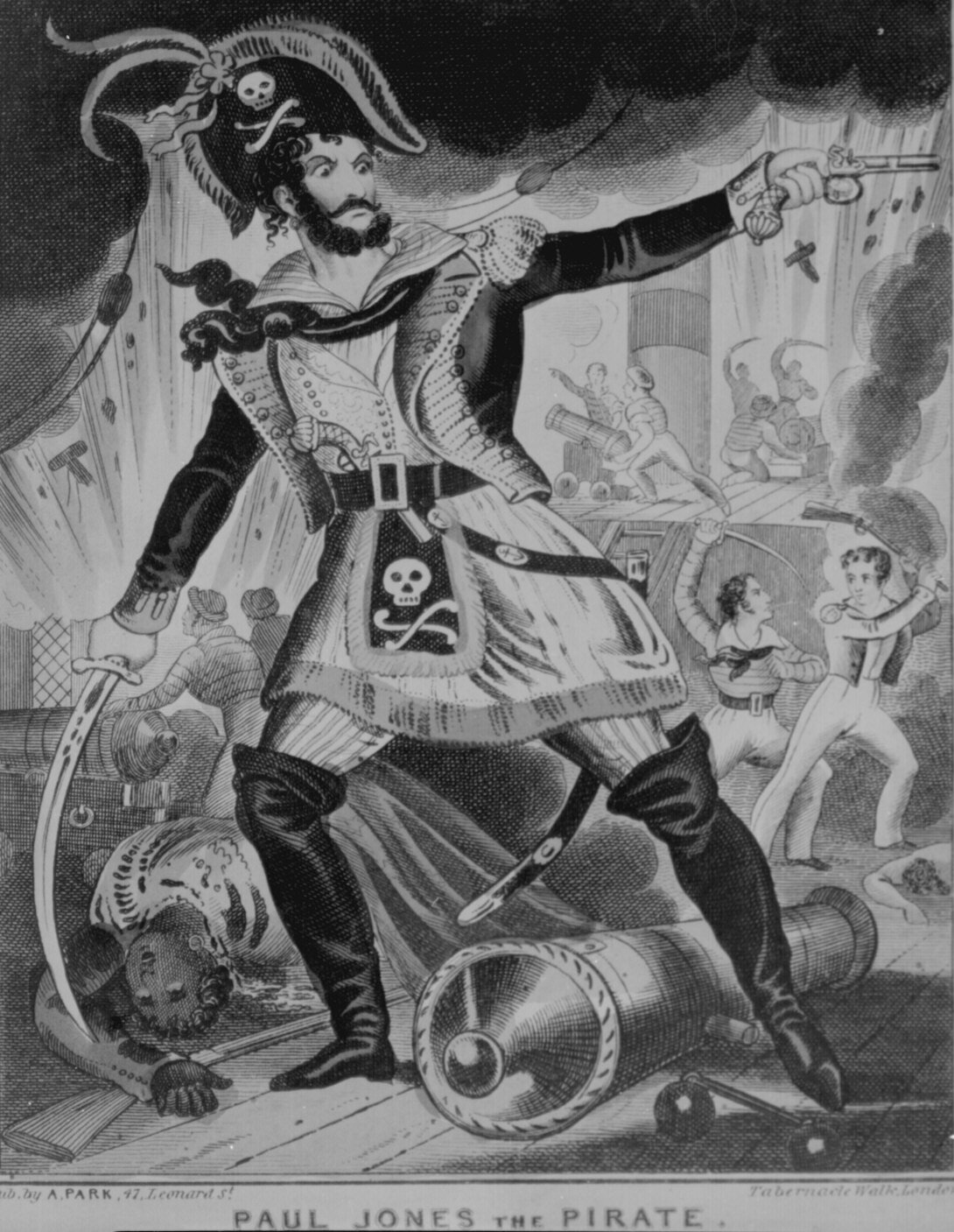Small Boats and Daring Men: Maritime Raiding, Irregular Warfare, and the Early American Navy. Benjamin Armstrong. Norman, OK: University of Oklahoma Press, 2019.
For over a hundred years, Alfred Thayer Mahan has influenced naval strategists with his treatise on sea power. Mahan emphasized decisive battles and open seas, and the Spanish-American War indeed seemed to validate his doctrine with overwhelming naval victories and continued reliance on the United States Navy as the nation became more interventionist. Major engagements would continue to capture the public imagination for the next century in mass media. Series such as the venerable Victory at Sea mostly focused on the dynamic fleet actions. The United States Navy, however, relied upon irregular warfare in its early days. Irregular operations were not incidental or a footnote when compared to the sustained commerce raiding and interdiction of guerre de course doctrine and the fleet actions of guerre d’escadre doctrine, but served as a legitimate strategy all their own.[1]
In his book Small Boats and Daring Men, Benjamin Armstrong makes a strong effort to show that irregular warfare was standard in the Navy’s early days by examining its activities during early wars where it was a clear underdog, particularly naval actions in the Caribbean, Mediterranean, and Southeast Asia. He begins with minor actions occurring just before the American Revolution, as irregular activities increased with popular sentiment against British rule. He then continues through the Quasi-War and the foreign ventures against the Barbary states, where the miniscule United States Navy had to rely on irregular action to supplement its small numbers. Because there is much more to describe in the War of 1812, Armstrong devotes the next two chapters to that conflict as privateers and irregulars had to shoulder the heavier burden of fighting while most of the blue water navy eventually got bottled up in port. Armstrong then details the navy’s efforts against piracy in the Gulf of Mexico and the Caribbean Sea after the Latin American wars for independence, and concludes with the far-flung campaigns against pirates in the Dutch East Indies. Operating far from support, naval assets needed to conduct irregular warfare in order to counter elusive enemies. Throughout these conflicts, American sea power was strengthened by irregular operations, and thus today’s current asymmetric warfare is not much of a deviation from what the U.S. Navy has done in the past.
Throughout, Armstrong argues that irregular warfare requires officers who possess a certain perspective that considers diplomatic and strategic implications of their actions.[2] By examining the motivations of naval and privateer officers, he makes a solid effort to provide a glimpse at the incentives and risks that these men calculated on a continual basis when undertaking irregular missions. Armstrong’s best example of this aggressive but thoughtful leader is David Porter, who constantly juggled competing operational and political demands in order to attain operational success in the West Indies. He ultimately failed to retain his command but transformed his assets into a dynamic fighting force.
Armstrong also stresses the many factors that influenced how leaders operated in those ventures. The officers, often junior ranks, needed to exercise a considerable amount of initiative. Aggression was vital in these kinds of operations since irregular forces were often outnumbered and required their officers to maintain momentum and the strategic initiative throughout an operation. When fighting privateers or pirates, naval officers needed to counter their opponents’ strengths in elusiveness, speed, etc. to maintain advantage.[3] That aggression was not unrestrained, however, and effective leaders needed to contextualize their forces’ actions as part of a greater operational plan. Armstrong uses John Paul Jones to exemplify all these qualities as he balanced throughout his career the need to take prizes with the imperative demands to continue cruising and shepherding his limited manpower. Operating far from reliable bases of operations, officers participating in irregular warfare must operate like privateering officers on cruising voyages. They were, for example, utterly dependent on what they could purchase or barter from local populations. Readers who wish to understand more about this aggressive approach should examine David Cordingly’s Under the Black Flag or Benerson Little’s The Sea Rover’s Practice in order to understand exactly what was required from successful privateers and pirate hunters.
Armstrong emphasizes the fact that battles on inland lakes and waterways were not skirmishes, but decisive engagements that determined the course of operations in an entire theater. Furthermore, many of the blue water navy’s early victories were single-ship engagements and not fleet actions. At which point, the reader might think, do blue water operations outshine brown water affairs?
Irregular naval forces needed cooperation from local maritime populations who were often willing to cooperate out of self-interest. These locals were not simply independent actors who happened to operate adjacent to the navy, but instead needed the navy’s resources in order to exploit opportunities as they arose. They operated within the framework that the navy established. Civilians who participated in the conflicts, even as combatants, needed the navy’s logistical and operational support. Irregular warfare fostered an interdependence among the participants.[4] Merchants, meanwhile, partnered with the navy out of self-interest in a mutually symbiotic relationship.[5]
Irregular warfare, furthermore, also functioned as a proving ground for emergent naval technology as well as doctrine. Some of the navy’s first steamships participated in irregular warfare, while the War of 1812 offered opportunities to test new torpedoes. Irregular warfare, as Armstrong describes, was as conducive to research and development as any other facet of naval operations were.
Since the turn of the century, histories of the United States Navy tended to focus on blue-water navies as the ideal. However, officers from the Navy’s early days recognized the importance of irregular naval warfare. Armstrong places the conflicts in context, which helps to explain why the Navy was compelled to rely on irregular operations depending on the situation. For example, the Navy became involved in the Dutch East Indies as American commerce became global. In the age of burgeoning American trade and whalers that went further afield, the Navy was obliged to protect American assets overseas. He also describes the geopolitical situation in various theaters that led to American involvement in those waters.
Armstrong’s greatest contribution is including irregular warfare, or guerre de razzia, as a legitimate strategy alongside guerre de course commerce destruction and guerre d’escadre fleet action. Irregular warfare is not portrayed only as an incidental strategy that came about as a last resort, but as an accepted form of naval strategy that is part of the more general concept of naval operations and establishes precedent for practicing that strategy in today’s conflicts.
I would highly recommend using this work as a complement to books written on privateers. Timothy Good’s American Privateers in the War of 1812 is one example that can benefit from having this work as a companion. In fact, Armstrong’s work serves as a useful bridge between United States naval history and the history of privateers, since privateer officers on cruising voyages needed to be sensitive to their inherent vulnerability as well the interests of local populations. It might also serve as a tool for those studying modern warfare against pirates in the Red Sea and Straits of Malacca, as the same principles of operational distance and local political considerations still matter. Armstrong set out to illuminate the historical precedence that irregular warfare has in Americna naval history and he does just that by examining the myriad early operations as the Continental Navy and then the nascent early United Navy gained its sea legs.
Ian Abbey holds a doctorate in history from Texas A&M University. His focus is maritime history with an emphasis on pirates and privateers during the seventeenth and eighteenth centuries. He currently teaches at Prairie View A&M University.
Have a response or an idea for your own article? Follow the logo below, and you too can contribute to The Bridge:
Enjoy what you just read? Please help spread the word to new readers by sharing it on social media.
Header Image: Charles Waterhouse's “Cutting Out of the Sandwich, Puerto Plata, 11 May 1800” depicts Captain Daniel Carmick (leaned over) ordering the crewmen of the French privateer from their hiding places below deck. According to the author, this incident from the Quasi-War with France is a good early example of how effectively the Navy/Marine Corps team has conducted maritime raids throughout history. (National Museum of the Marine Corps)
Notes:
[1] Armstrong, Benjamin. Small Boats and Daring Men: Maritime Raiding, Irregular Warfare, and the Early American Navy (Norman: University of Oklahoma Press, 2019), 5.
[2] Armstrong, 169.
[3] Armstrong, 33-35.
[4] Armstrong, 117.
[5] Armstrong, 148.






